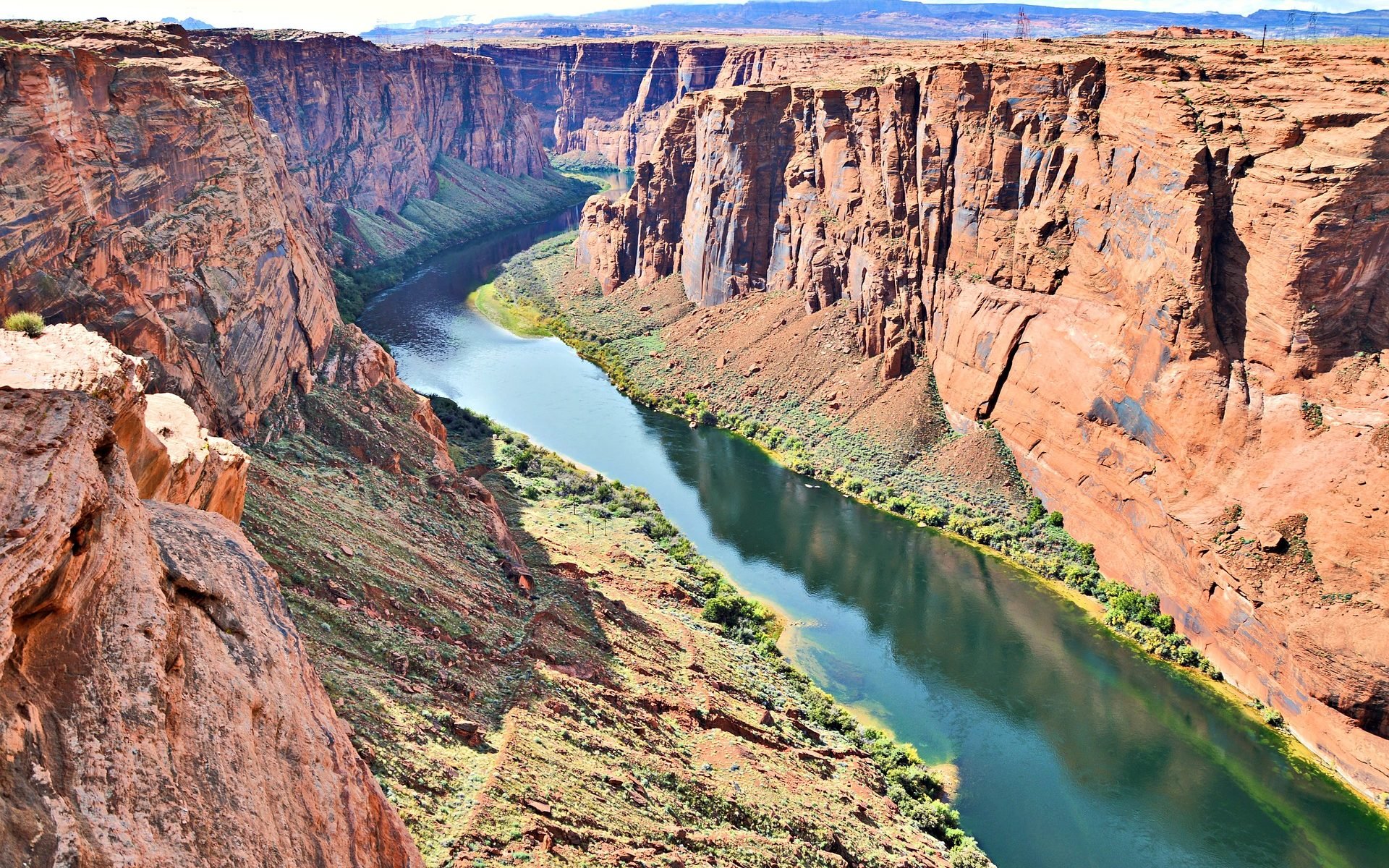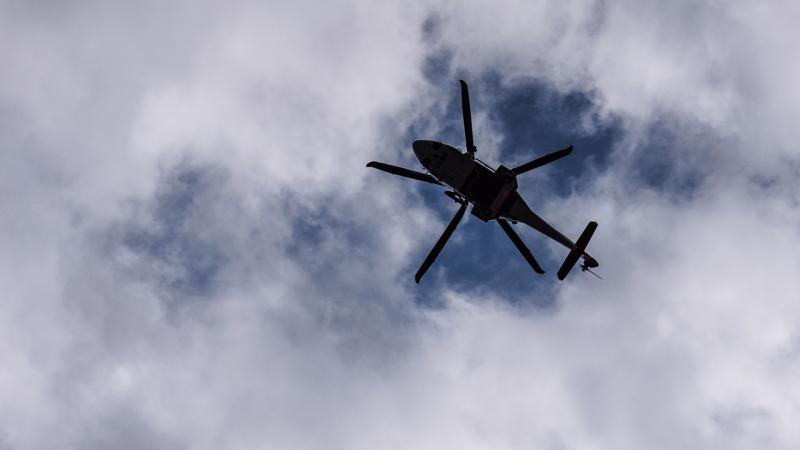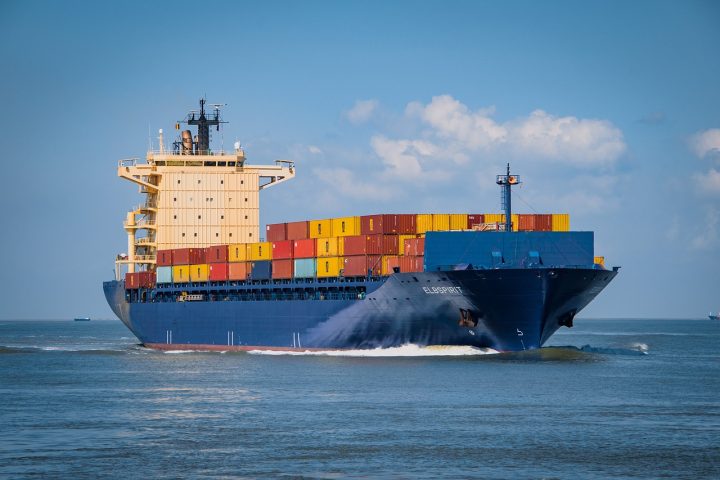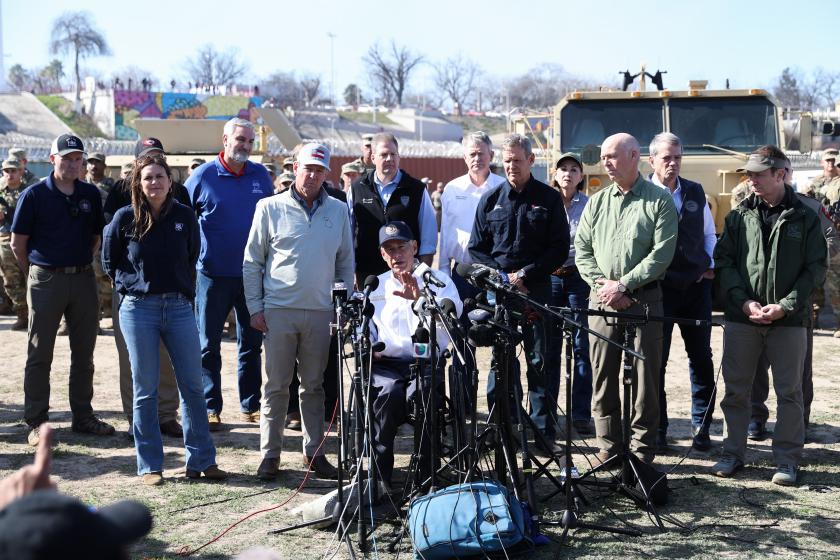In 2023, Washington will cut funding to Arizona, Nevada, and Mexico as levels continue to drop.
The Colorado River and the reservoirs it feeds have run dry due to the two decades of drought in the southwest of the United States. Theories of mafia murders have been strengthened by the discovery of sunken ships at the bottom of the lakes and the discovery of bodies in Lake Mead, west of Las Vegas, that had been submerged for decades. Despite the problem, the western states of the Colorado River were unable to come to a water reduction deal, which compelled the federal government to intervene and announce cuts that will have an impact on Mexico and the states of Arizona and Nevada.
The downstream releases from Glen Canyon and Hoover Dams, which formed Lakes Powell and Mead, will be decreased once more in 2023 due to the Colorado River Basin’s low runoff conditions and the historic drought that has lasted for 23 years. As the first-ever water shortage in the Colorado River Basin continues for another year, the Bureau of Reclamation urged all seven states in the basin to practice water conservation over the coming four years and announced it would withhold 21% of Arizona’s 2023 annual Colorado River water allocation. Cuts of 8% and 7% will be imposed on Nevada and Mexico, respectively.
- Scientists entering FARC territory identify a new dinosaur species
- Israel and Turkey resume full diplomatic relations
- Delivering “Bad News” About The Much-Hyped Cybertruck is Elon Musk
Commissioner of the Bureau of Reclamation Camille Touton told reporters on Tuesday that “States have not jointly defined and adopted concrete initiatives of considerable size that would stabilize the system.”
California, which has passed its own water conservation policies, and the states in the upper Colorado basin were not included in the agency’s announcement of cuts. The agency stated that the reductions in the lower basin show the severity of the drought and the critically low reservoir conditions for the second year in a row.
The Colorado River is the fifth-longest river in North America with a length of over 1,400 miles. Wyoming, Colorado, Utah, New Mexico, Arizona, California, Nevada, and northwest Mexico are all included in its basin. Cities like Denver, Phoenix, and Las Vegas receive their water from it. La Poudre Pass, a small community in the Colorado Rocky Mountains at 3,100 meters above sea level, is where the river starts its journey. The river enters Mexico where it serves as the dividing line between Sonora and Baja California before emptying into the Pacific Ocean’s Gulf of California.
Lakes Powell and Mead now have record low water levels as a result of prolonged drought and poor runoff conditions, which have been accelerated by climate change. “Department leaders have worked with partners in the Colorado River Basin on a variety of drought response initiatives during the past 20 years. However, extra action is required to protect the system because water levels are still dropping, the bureau stated in a statement.
Deputy Secretary Tommy Beaudreau stated that “the worsening drought catastrophe impacting the Colorado River Basin is driven by the effects of climate change, particularly severe heat and low precipitation.” The stress on communities and our landscapes is increased by extreme drought conditions, which also increase the risk of wildfires and ecosystem damage.
Touton spoke before the US Senate Committee on Energy and Natural Resources in June, urging water users all around the basin to take steps to stop reservoirs from dropping to dangerously low levels that endanger both water supply and energy output.





